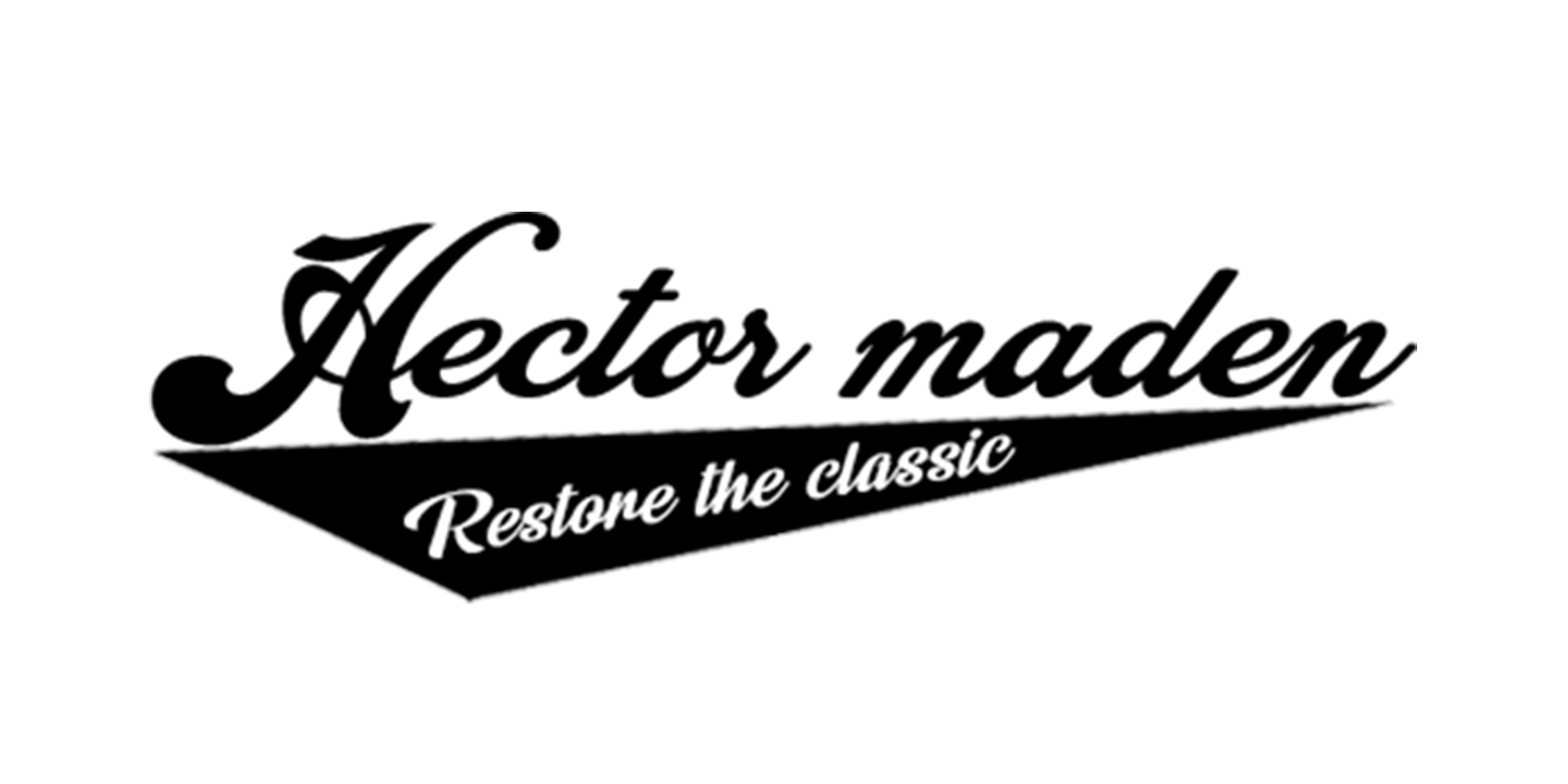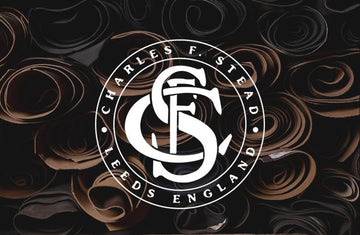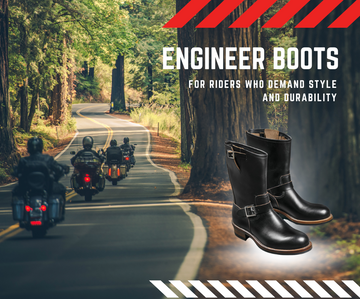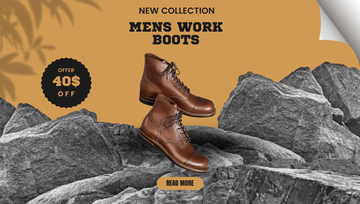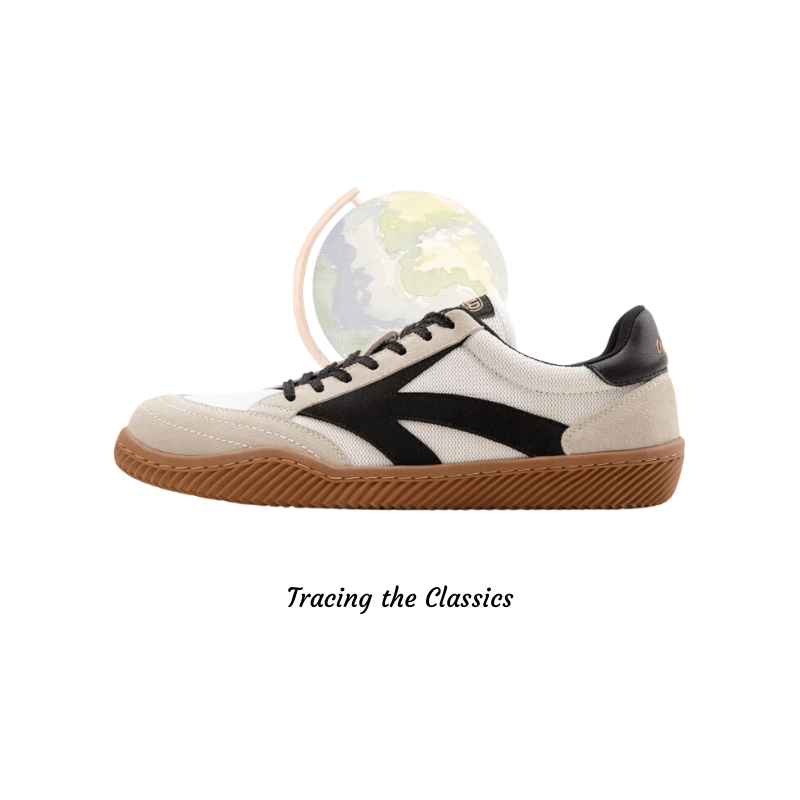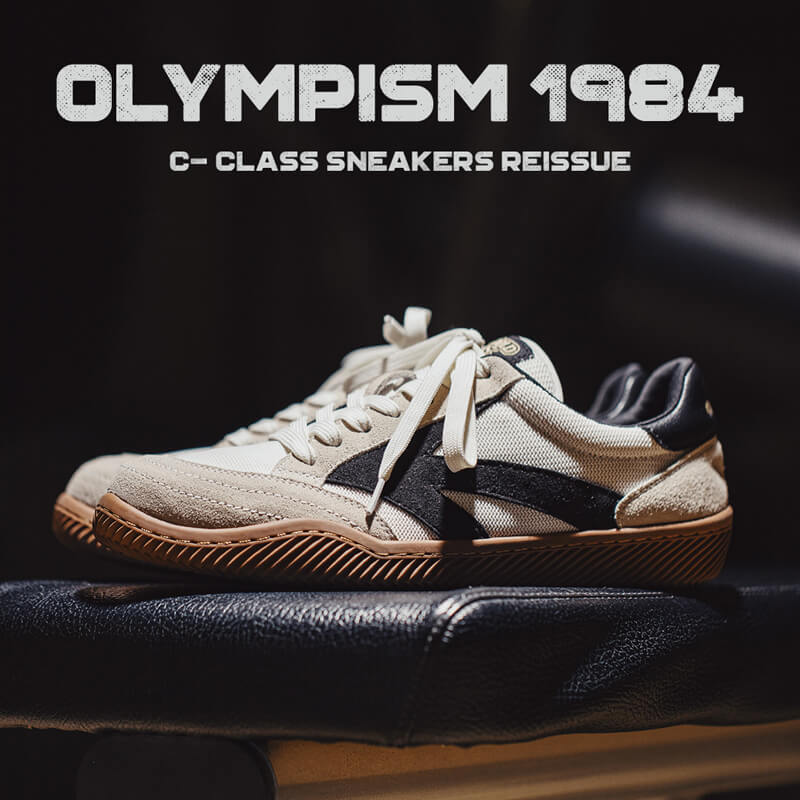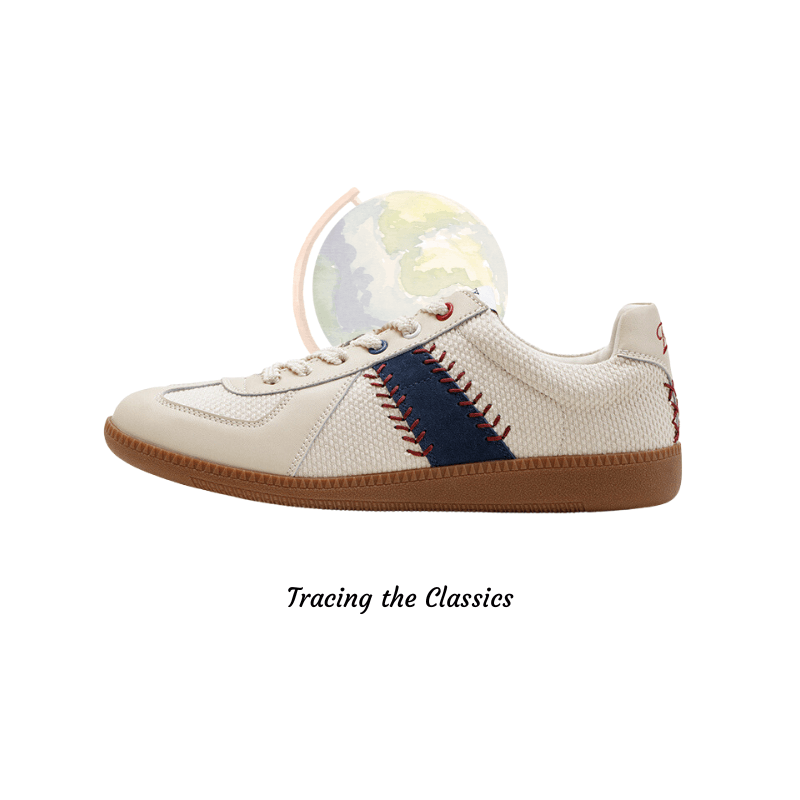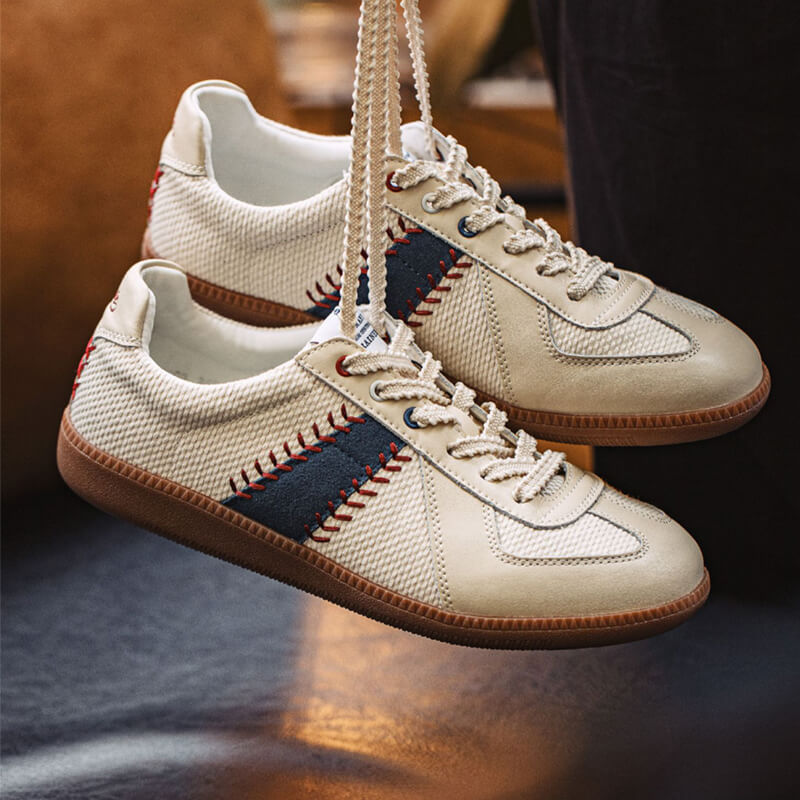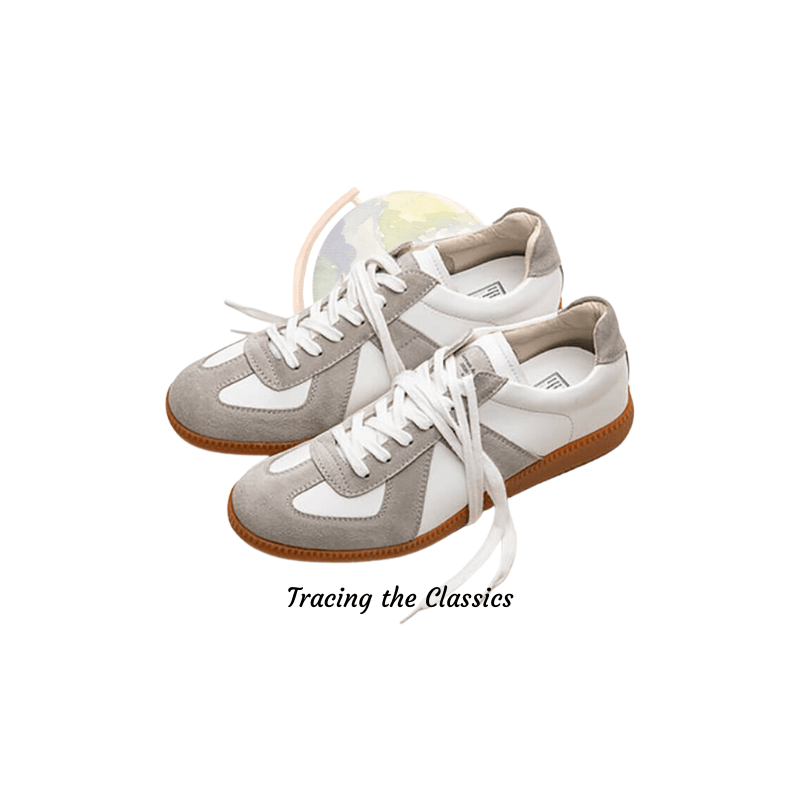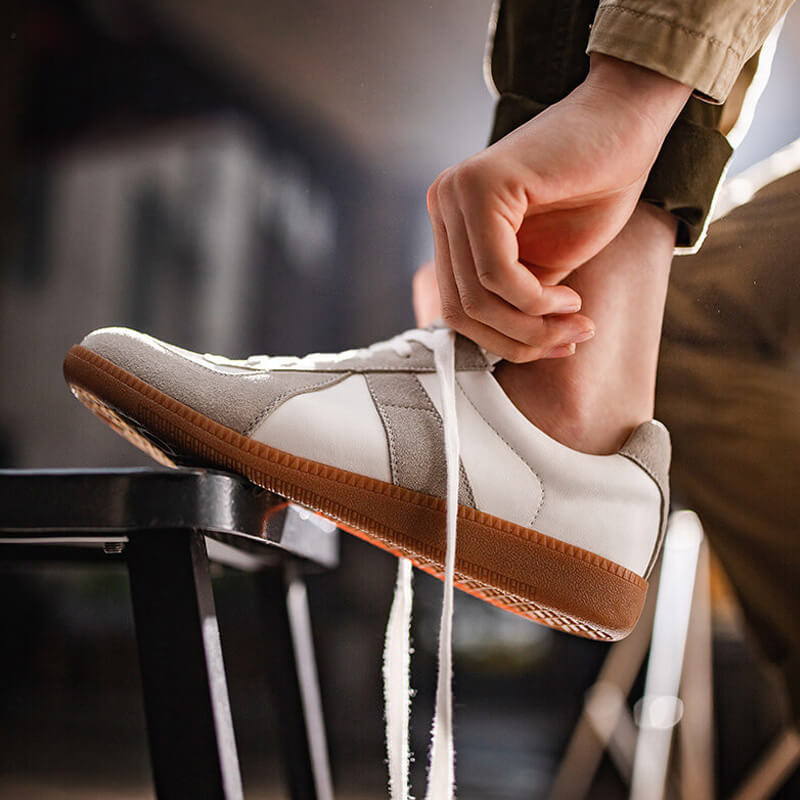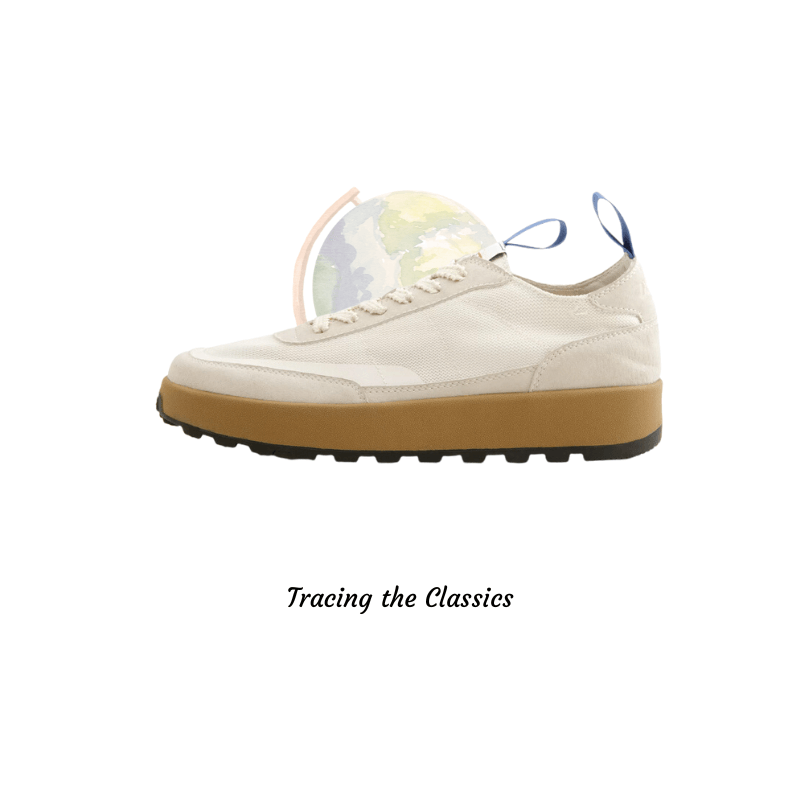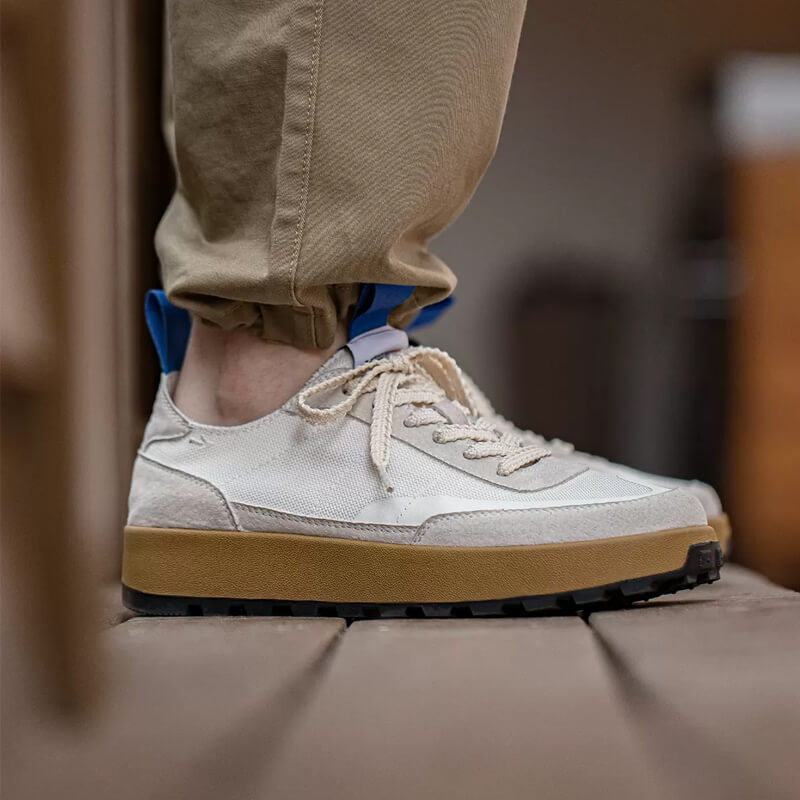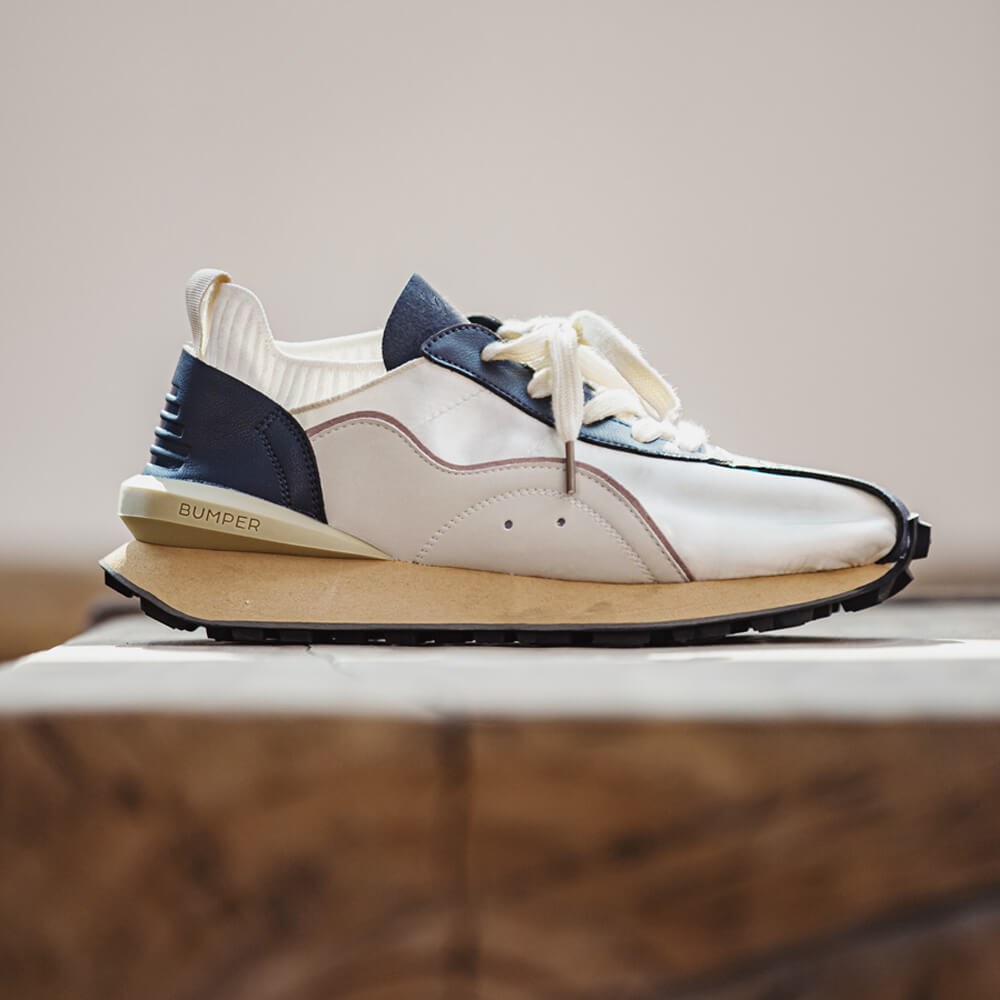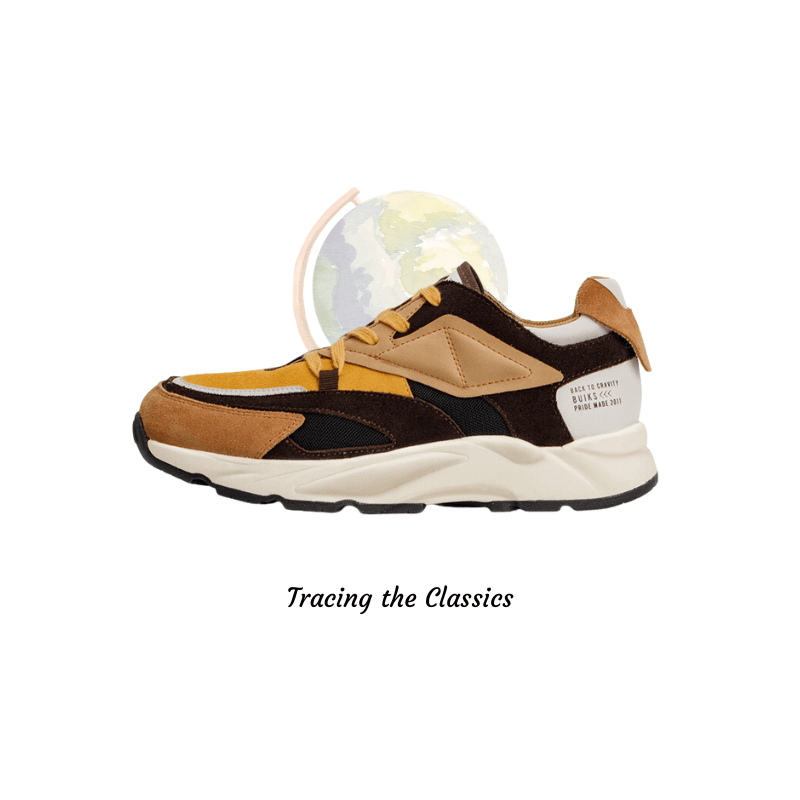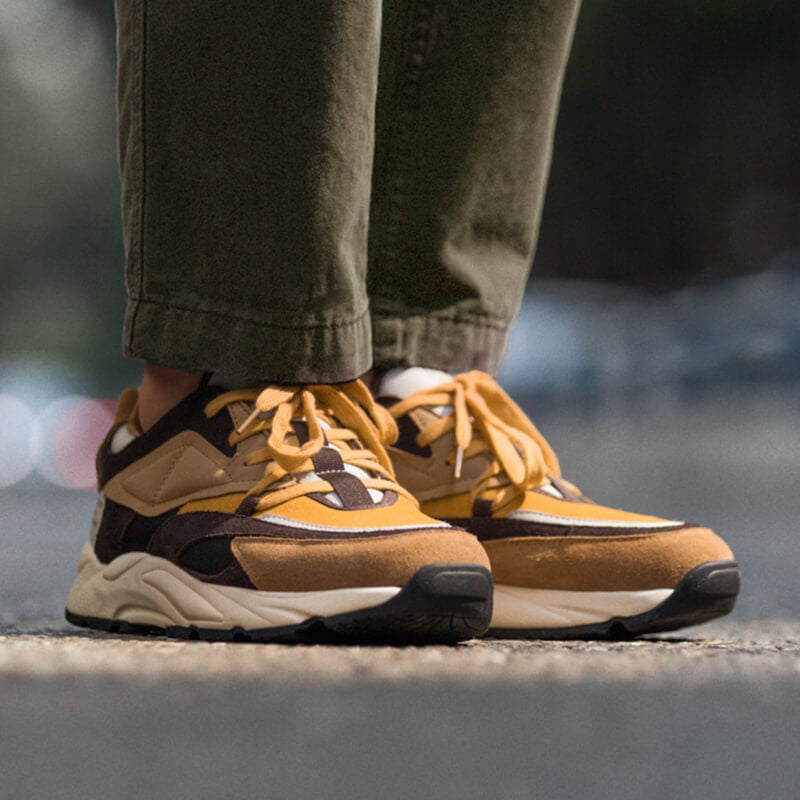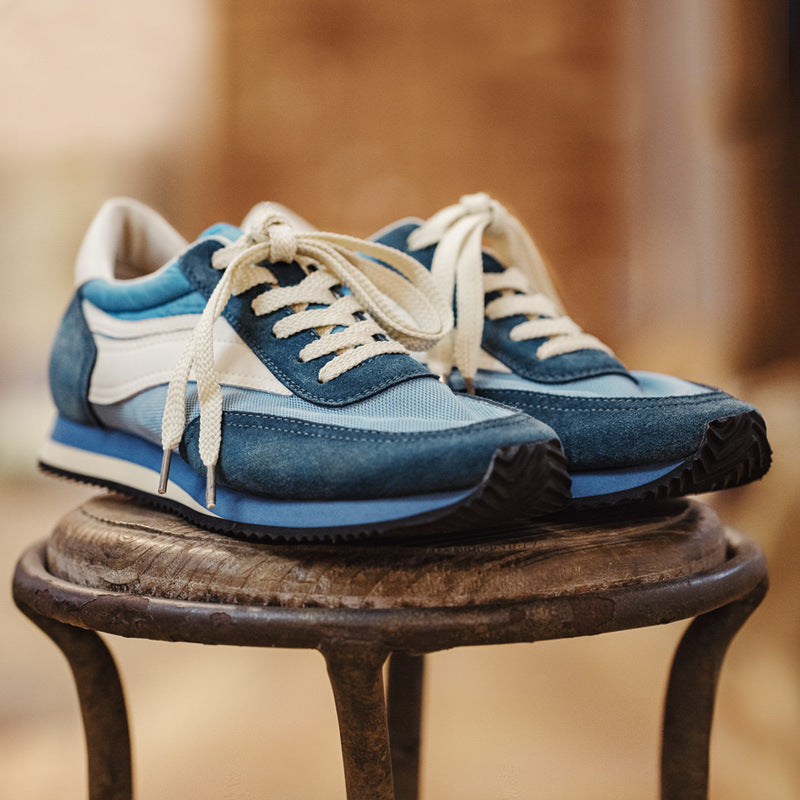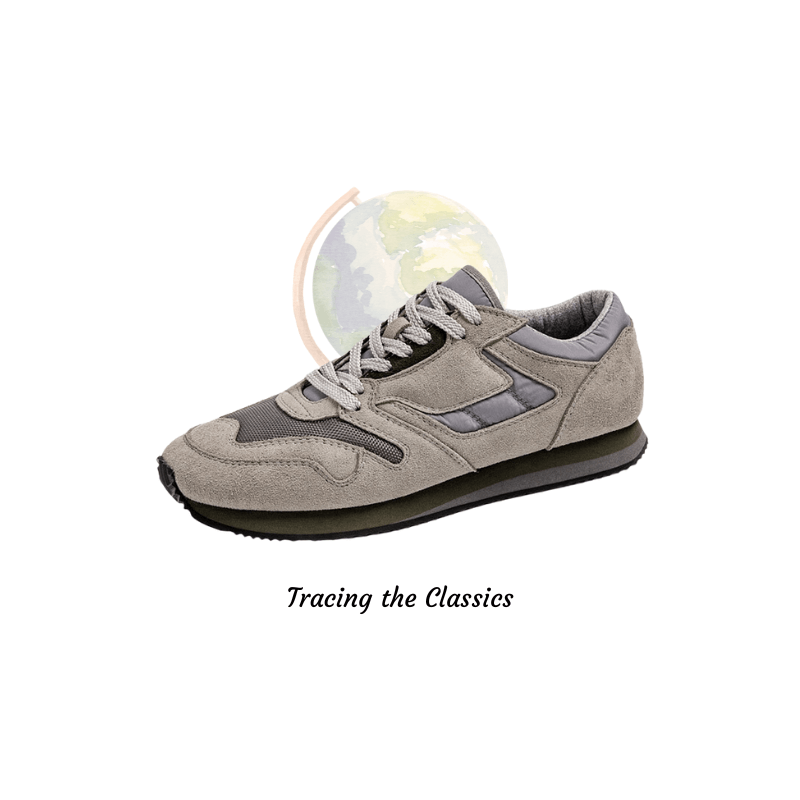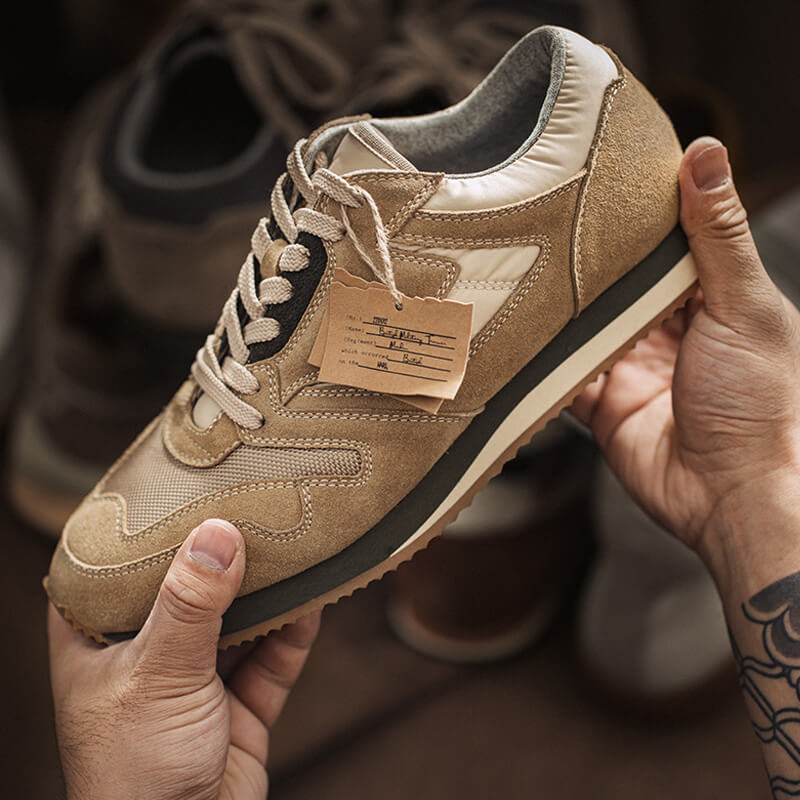In the world of luxury footwear, the quality of materials used is paramount. One name that consistently stands out in the realm of premium suede leather is Charles F. Stead & Co Ltd. This esteemed British tannery has been synonymous with exceptional craftsmanship and innovation for over a century. In this article, we explore the rich history of C.F. Stead, delve into their unique tanning processes, and highlight how their exquisite leathers have been integrated into iconic footwear styles such as Suede Chelsea Boots and Men's Work Boots.
A Storied History: The Genesis and Evolution of C.F. Stead
The Early Years: Apprenticeship and Foundation (1890 – 1910)
Charles F. Stead began his journey in the leather industry as an apprentice with Thomas Wright & Co. Ltd. His early experiences honed both his customer relations skills and product knowledge, paving the way for his future endeavors. By the early 1900s, Stead recognized an opportunity for growth and innovation. In a significant move, he acquired the historic Sheepscar Tannery in Leeds—originally established in 1823. This strategic acquisition allowed him to expand operations and begin processing domestic sheepskins for diverse applications such as bookbindings, chamois, and “fancy” leathers used in wallets and purses.

Innovations and Industrial Advancements (1910 – 1940)
The advent of steam power in the early 20th century revolutionized many manufacturing processes, including leather tanning. Between 1910 and 1940, C.F. Stead embraced these technological advances. The 1920s, in particular, saw a surge in the popularity of suede shoes, partly thanks to influential fashion icons like the Duke of Windsor. Despite the challenges posed by the global turmoil of World War II, Stead’s adaptability shone through. During the war, the tannery shifted part of its focus to producing suede garments and accessories for the Royal Air Force, further cementing its reputation for resilience and quality under pressure.
Post-War Growth and Global Recognition (1940 – 1980)
Following World War II, C.F. Stead expanded its product range significantly. The post-war era brought about a diversification into various leather goods, including gloves and garments. The 1960s were marked by an innovative foray into colored suedes, as the company aligned its offerings with the era’s vibrant fashion trends. In the 1980s, the company’s relentless commitment to quality was recognized globally when it earned the prestigious Queen's Award for Export Achievement. This accolade solidified C.F. Stead’s standing as a global leader in high-quality leather production.
Modernity and Sustainability: Embracing the Future (1990 – Present)
From the 1990s onward, C.F. Stead has continued to innovate by integrating sustainable practices into its operations. Notably, the tannery began sourcing antelope skins ethically through collaborations with African communities, ensuring that production methods are both environmentally responsible and socially ethical. Today, C.F. Stead remains a beacon of quality, with their premium leathers used by renowned luxury brands and specialized footwear manufacturers around the world.

The Art of Tanning: C.F. Stead's Unique Process
One of the key elements of C.F. Stead’s enduring legacy is their meticulous tanning process. Central to their approach is the creation of a tight-fibered suede that boasts rich, lasting color and exceptional durability. Their process involves a distinctive re-tannage which serves to reduce the fat content in the hide. By doing so, the leather fibers become more densely packed, resulting in a material that is simultaneously soft, flexible, and highly resilient.
Key Benefits of C.F. Stead’s Tanning Process
-
Unmatched Durability:
Low fat content in the leather ensures that the fibers remain tightly woven, creating a material that withstands the rigors of daily wear. This durability is particularly critical for footwear meant to last 10-15 years—a typical lifespan for high-quality British-made shoes. -
Ease of Maintenance:
Due to the tight-fiber structure, the surface of C.F. Stead suede resists absorbing dirt, making it easier to clean and maintain. This quality is invaluable for those who value both aesthetics and long-term functionality. -
Unique Patina Development:
Over time, the leather develops a distinctive patina—a visual record of its journey and wear—that enhances its overall character. This "the older, the better" effect is a testament to the material's enduring beauty, setting it apart from other types of suede that may deteriorate or lose their luster with age.
For more details on their tanning process, visit the Charles F. Stead Official Website.

Esteemed Clientele: Who Chooses C.F. Stead?
The reputation of C.F. Stead is reflected in its impressive list of clientele, which includes both international luxury brands and world-class footwear manufacturers.
International Luxury Brands
C.F. Stead’s high-quality leathers are highly sought after by some of the most prestigious names in the luxury sector, including:
These brands rely on C.F. Stead’s premium materials to create products that embody luxury and refined craftsmanship.
Premier Footwear Manufacturers
Leading footwear manufacturers around the globe also trust C.F. Stead for their high standards in material quality. For example:
Europe:
-
John Lobb (established in 1849)
-
Edward Green (established in 1890)
-
Church’s (established in 1873)
-
Tricker’s (established in 1829)
-
Barker (established in 1880)
-
George Cleverley (established in 1898)
North America:
-
Allen Edmonds (established in 1922)
-
Viberg (established in 1931)
-
White’s (established in 1902)
-
Alden (established in 1974)
-
Wesco (established in 1918)
-
Danner (established in 1932)
Japan:
-
YUKETEN
-
Comme des Garçons
-
Julius
-
Neighborhood
-
Mastermind Japan
-
FOOT THE COACHER
Their reliance on C.F. Stead’s craftsmanship underlines why its suede is recognized as a benchmark in the leather industry.
Why Choose C.F. Stead Suede?
There are several compelling reasons to choose suede leather from C.F. Stead for footwear production:
-
Durability:
The low-fat content and tight fiber structure result in a material that is extremely durable. This quality is crucial for shoes that are expected to last many years without compromising on performance. -
Ease of Cleaning:
C.F. Stead’s suede resists the absorption of dirt, making it significantly easier to maintain its appearance. This is particularly important for high-end shoes, where maintaining a pristine look is essential. -
Aging Gracefully:
Unlike other types of leather that might degrade over time, C.F. Stead’s suede develops a unique, attractive patina. This aging process, far from detracting from its look, adds a layer of character and uniqueness with each passing year.

C.F. Stead’s Impact on Modern Footwear
The influence of C.F. Stead’s premium materials extends far beyond traditional designs. Contemporary footwear designers continue to incorporate these luxurious leathers into modern silhouettes that combine classic charm with innovative design features.
Chelsea Boots: A Timeless Classic
Chelsea boots have long been a staple of men’s fashion. Characterized by their sleek design and elastic side panels, these boots effortlessly blend style and practicality. When crafted from C.F. Stead’s fine suede, the result is a pair of boots that offer both refined aesthetics and robust durability. For example, our Orion Chelsea Boots | C.F. Stead Repello Suede, Goodyear Welt—featuring C.F. Stead’s Repello Suede and Janus Calf Suede—exemplify the union of form and function. The Goodyear welt construction not only ensures durability but also provides added comfort, making these boots suitable for both formal occasions and casual wear.

Explore the Suede Chelsea Boots for more details.
Men's Work Boots: Merging Ruggedness with Refinement
Men's work boots must strike a delicate balance between rugged durability and refined style. C.F. Stead’s Oil-waxed Shoulder Leather plays a crucial role in achieving this balance. Used in our C.F. Stead Scout Boots | Vibram Sole, Goodyear Welt | Black Leather Work Boots, this exceptional leather offers a robust yet sophisticated appearance, perfect for footwear that must perform in challenging environments while still meeting the aesthetic standards of urban fashion. Paired with a Vibram sole and Goodyear welt construction, these boots provide superior traction and resilience.
 Learn more about our Mens Leather Work Boots | Scout Boots
Learn more about our Mens Leather Work Boots | Scout Boots
The Future of Footwear: Sustainability and Innovation
In recent years, the leather industry has seen a growing trend toward sustainable and ethical production practices. C.F. Stead has been at the forefront of this movement by incorporating eco-friendly methods and partnering with communities to ensure ethical sourcing of raw materials, such as antelope and deer skins. Their commitment to sustainability not only preserves traditional craftsmanship but also meets the modern demands of environmental consciousness.
This focus on sustainability is mirrored in the design philosophies of contemporary footwear manufacturers. By choosing C.F. Stead’s leathers, brands can produce shoes that are not only luxurious and durable but also align with environmentally responsible practices. This is an integral part of maintaining a competitive edge in today’s market, where consumers are increasingly mindful of the environmental impact of their purchases.
